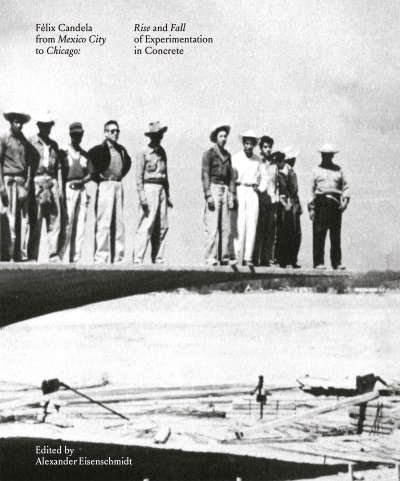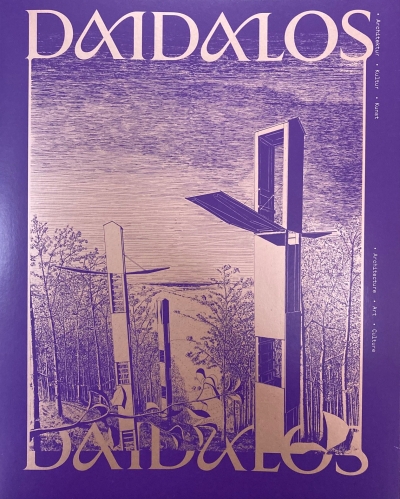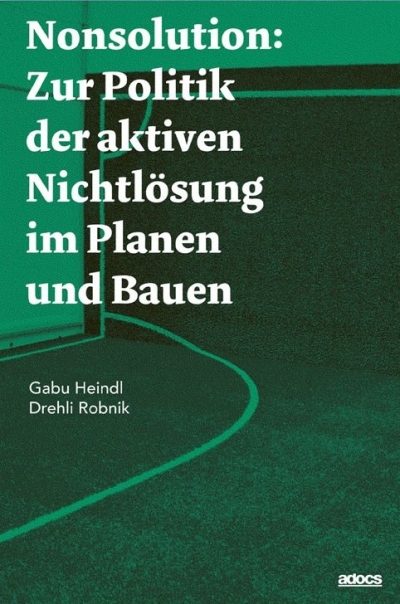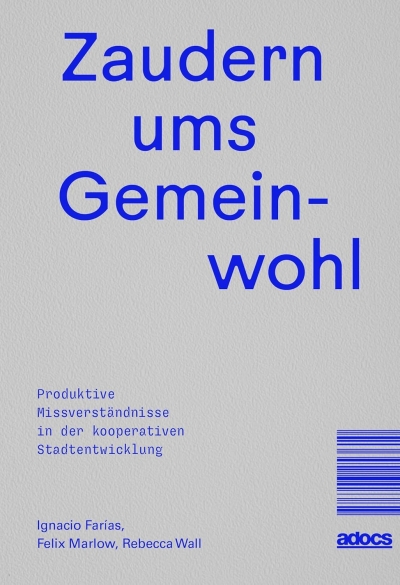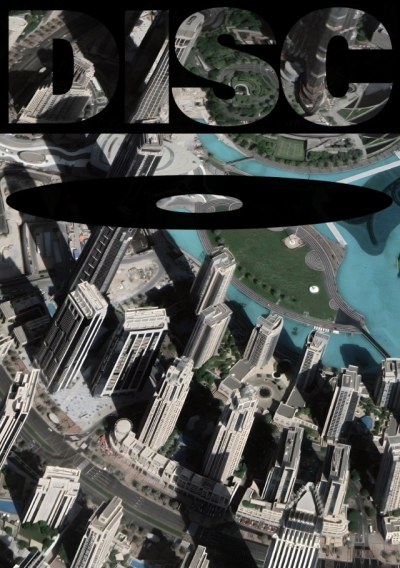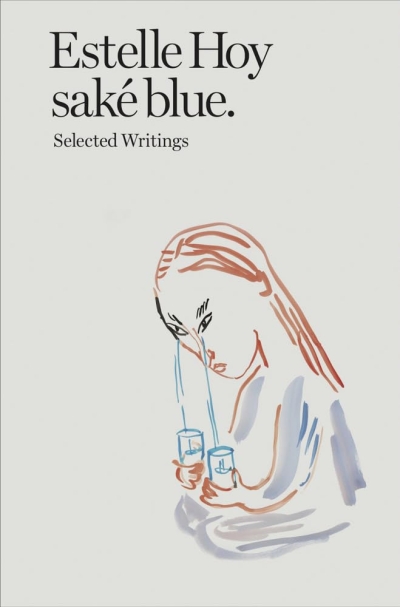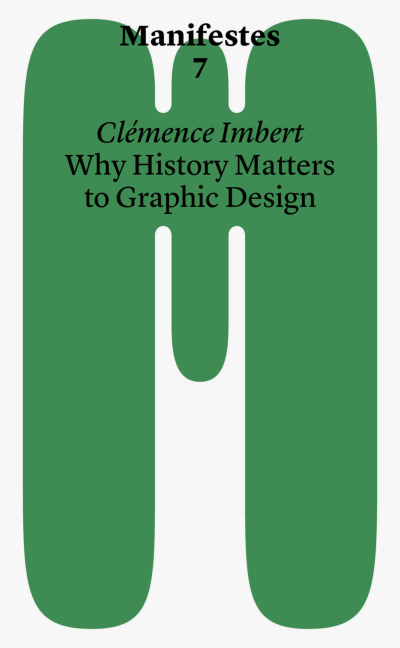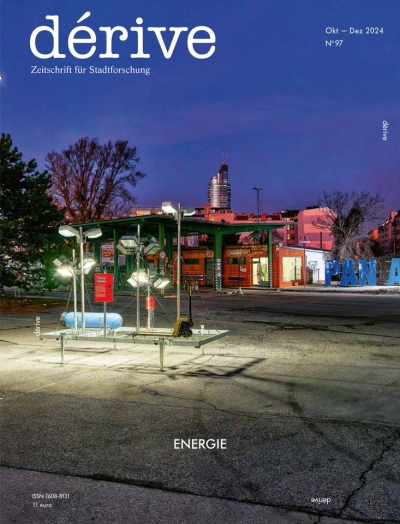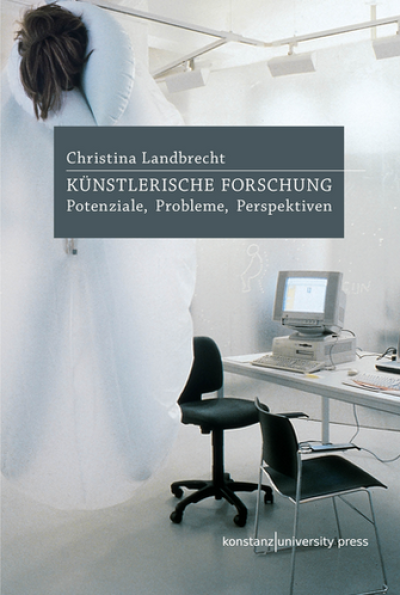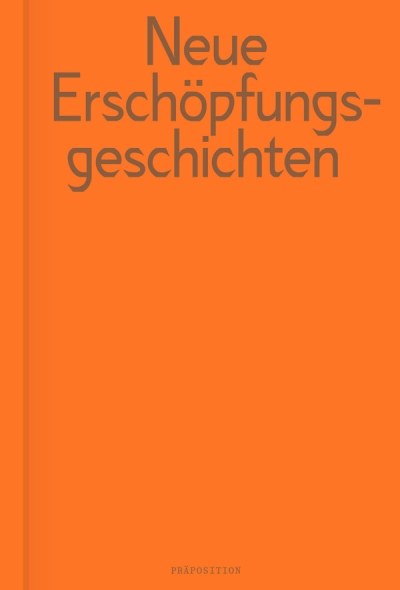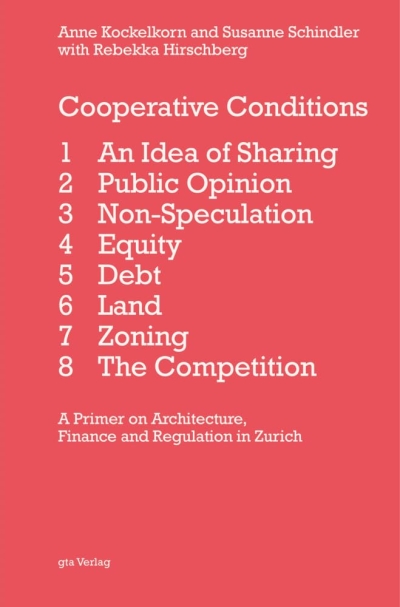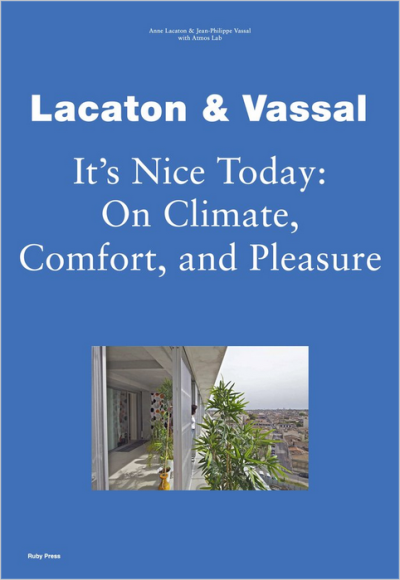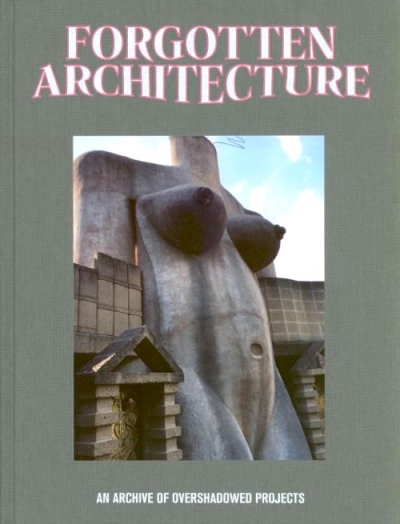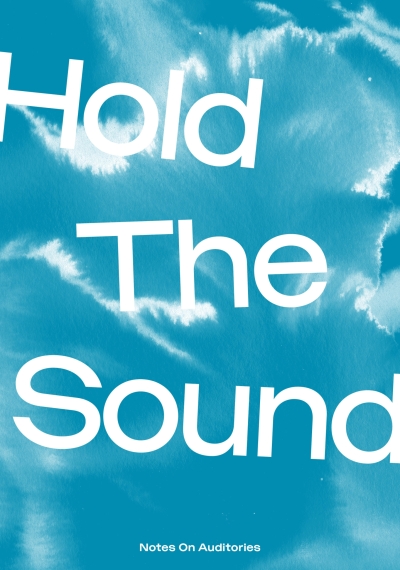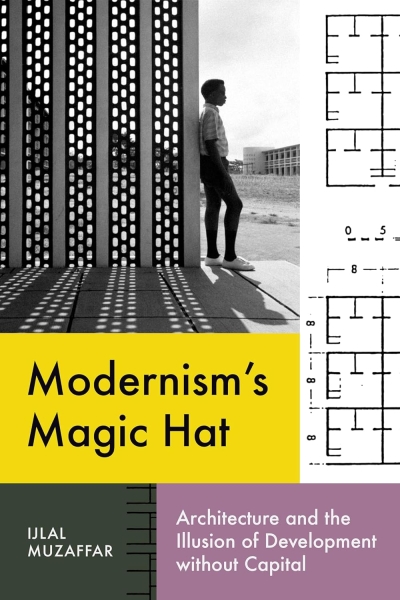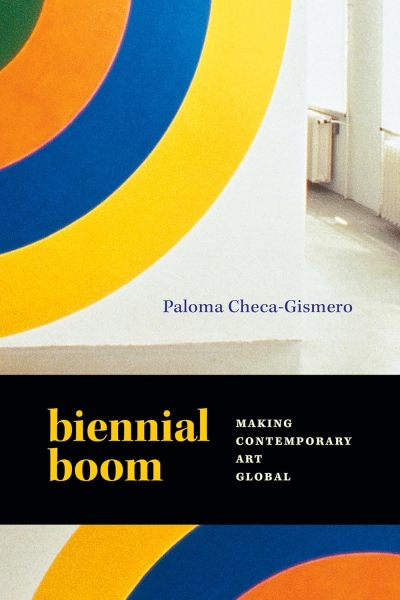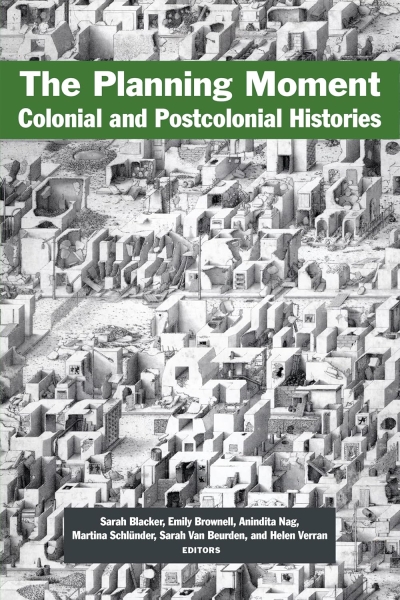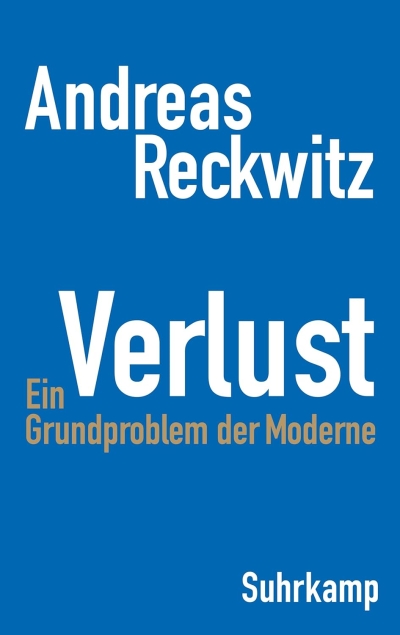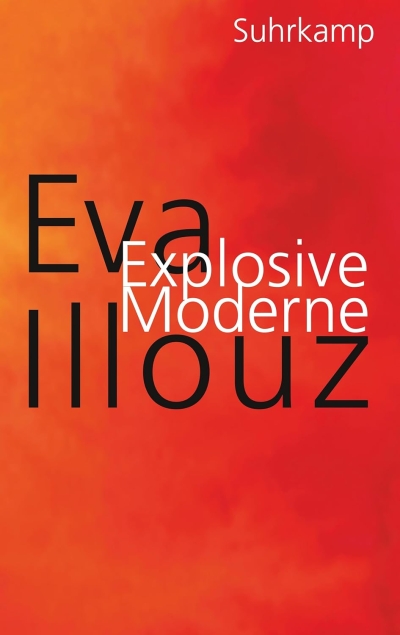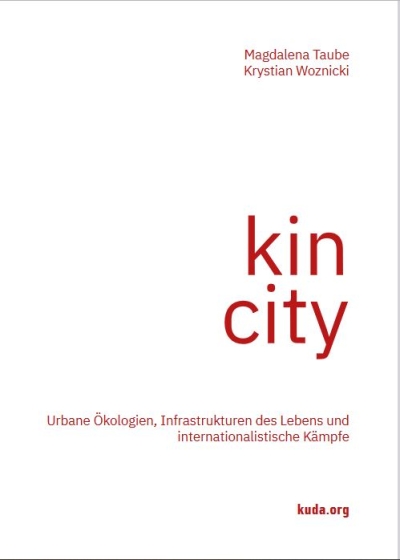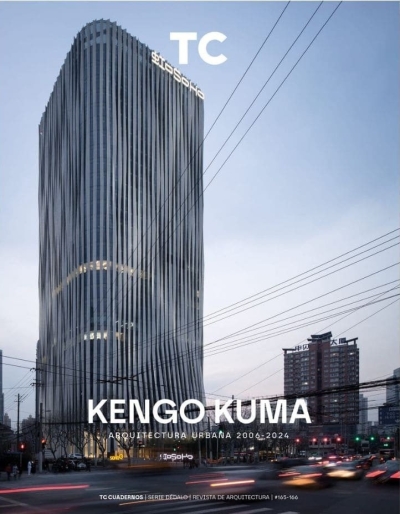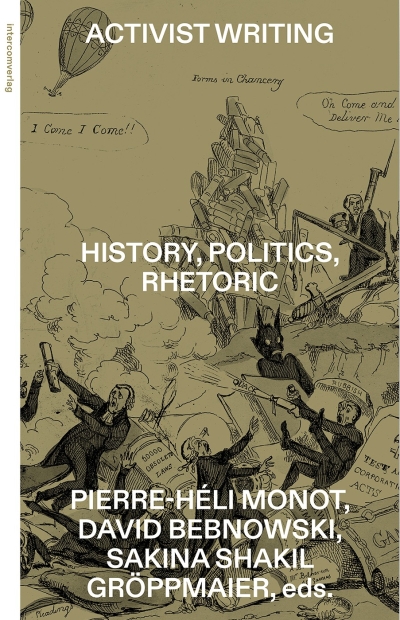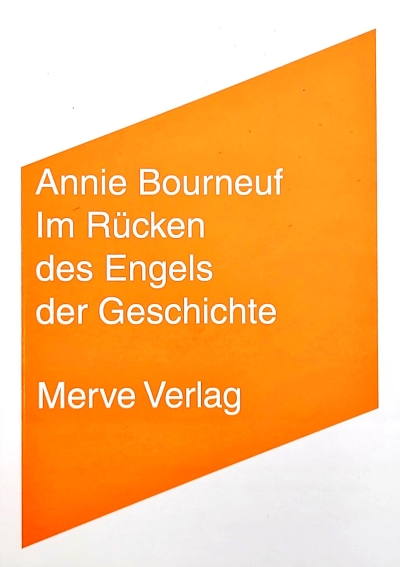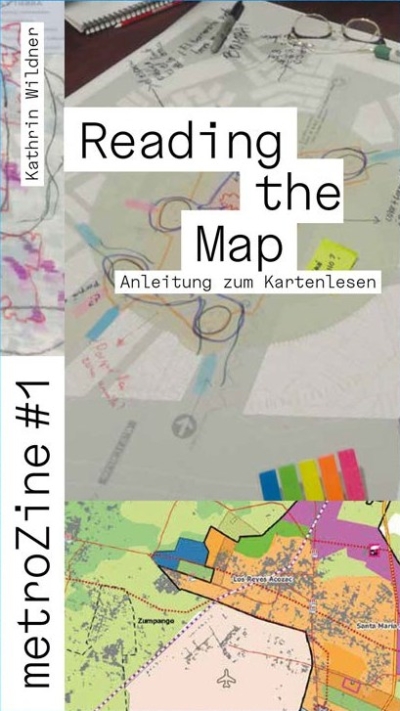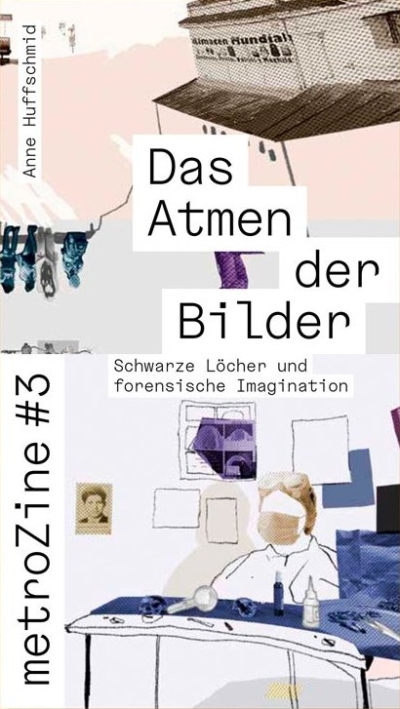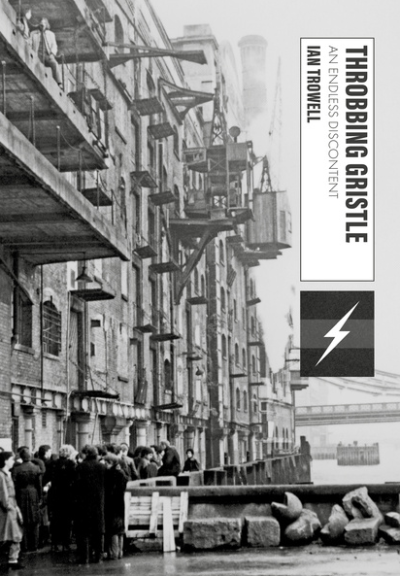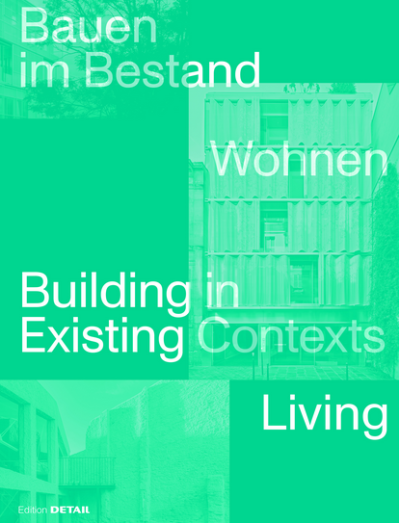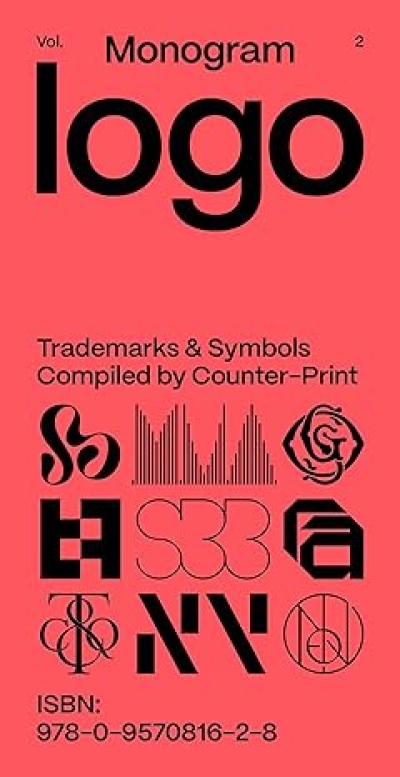
Pierre Huyghe
A l'occasion de l'exposition au Centre Pompidou qui propose un regard rétrospectif sur son œuvre, le catalogue Pierre Huyghe, premier ouvrage de référence sur cet artiste, permet une traversée de sa recherche nourrie de près de 800 images et de 90 projets, depuis ses premières œuvres il y a plus de vingt ans, jusqu'à aujourd'hui.
«Alors que Pierre Huyghe est aujourd'hui l'un des artistes français les plus connus à l'étranger et s'impose comme l'une des figures majeures de la scène contemporaine internationale, son œuvre ambitieux, complexe, subtil, est paradoxalement peu montré, singulièrement dans son propre pays.
(...)
C'est pourquoi, avant même que le jardin foisonnant, habité par un chien à la patte rose et une sculpture de femme allongée dont la tête s'est muée en essaim d'abeilles, ne fascine les visiteurs de la dOCUMENTA (13) de Kassel en 2012, le Centre Pompidou avait proposé à Pierre Huyghe une exposition personnelle s'inscrivant dans le cycle des "rétrospectives de milieu de carrière" que nous avons initié depuis quelques années et qui permet d'éclairer le travail de figures essentielles de la scène française contemporaine.»
Avant-propos d'Alain Seban, Président du Centre Pompidou (extrait)
«Le jardin aux sentiers qui bifurquent d'Emma Lavigne
On entre seul, par effraction, dans Untilled (2013), site en jachère trouvé par accident par Pierre Huyghe, excroissance chaotique qui surgit au détour d'une allée du Karlsaue Park à Kassel. Il s'agit pour l'artiste de "partir d'un contexte, et d'en relever les différentes sédimentations de discours afin de trouver une forme de disruption". Untilled se garde de toute lecture univoque et manifeste une dimension hétérotopique faisant se juxtaposer plusieurs espaces et différentes temporalités qui, normalement, auraient dû être séparés.
Michel Foucault dans son analyse de ces "espaces autres", en marge de la société et qui autorisent le déploiement de l'imaginaire, considère le jardin comme l'exemple le plus ancien d'hétérotopie, un espace éminemment contradictoire. Le site peut apparaître au premier abord comme une tentative de greffe de l'esthétique pittoresque qui vient chahuter la planéité, l'ordonnancement symétrique et géométrique du parc, développé au début du XVIIIe siècle suivant les canons de l'esthétique baroque puis ceux de la mode du naturalisme anglais.
(...)
Untilled n'est pas un lieu qui nous est adressé, que nous pouvons nous approprier, c'est un biotope, une matrice générant décomposition, germination, hybridation, vie, suivant le "lien profond entre les signes, l'événement, la vie, le vitalisme", suggéré par Gilles Deleuze.
(...)
Untilled affecte notre conscience d'un temps uniforme absolu, autant qu'il fait bifurquer notre regard qui se défait d'une vision anthropocentrique du monde, résonnant avec la pensée de Jakob von Uexküll sur la biosémantique dans les années 1930 qui redéfinit le concept d'Umwelt, notre environnement, envisagé comme une gigantesque partition de musique qui met en coprésence entre eux une infinie variété d'organismes vivants possédant chacun un monde perceptif spécifique fermé. A Way in Untilled, qui nous entraine sur un chemin de traverse possible dans ce microcosme, et en capte la pulsation démultipliée, devient semblable A ces "promenades en des mondes inconnaissables" guidées par Uexküll, A travers le foisonnement des reconstitutions du milieu de l'oursin, du ver ou de la tique, ces organismes minuscules qui nous affectent et avec lesquelles nous composons un monde ouvert.»











